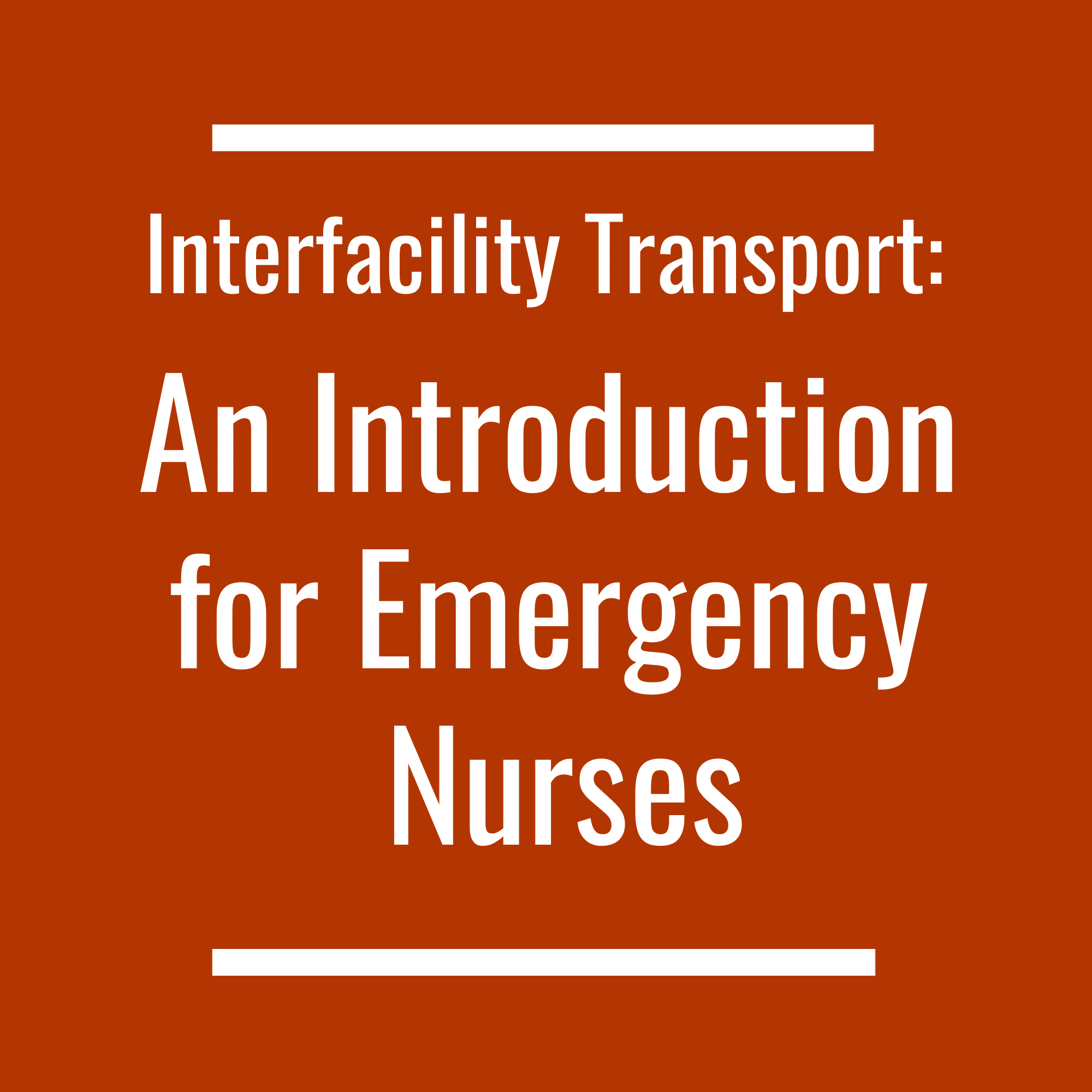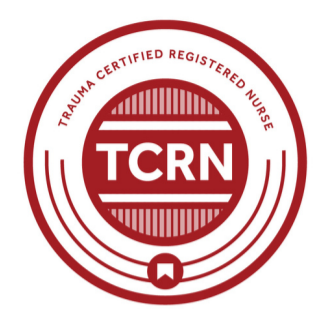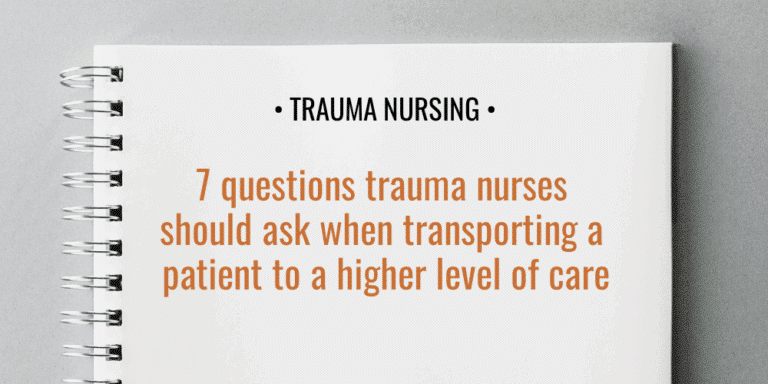The need to transport patients to a higher level of care is common, especially in the setting of traumatic injury. A 10-year retrospective study of transfers in Pennsylvania found that 44% of patients who presented to a Level III or IV trauma center were transferred to a Level I or II trauma center.
While interfacility transport is often necessary, it is not without risks. To prevent avoidable problems, trauma and emergency nurses should ask these seven questions when preparing to transport a patient to a higher level of care:
1. Has a provider screened and stabilized the patient?
Under EMTALA (Emergency Medical Treatment & Labor Act), a provider must perform and document a medical screening exam (MSE) before transferring a patient to another facility. The MSE can be performed by a physician, a nurse practitioner or a physician assistant.
If needed, attempts to stabilize the patient must be initiated. If the patient is unstable, the provider must weigh the risk of keeping the patient at the current facility versus transporting him or her to another institution.
2. Has the receiving trauma center confirmed acceptance?
The receiving hospital must confirm that they will take care of the transferred patient upon arrival. Hospital acceptance must be confirmed by both an accepting provider and an administrator (someone who has the authority to accept a patient on behalf of the facility).
3. Has the provider obtained consent from the patient or patient representative?
Before a patient can be transferred to another facility, the sending provider must obtain consent from the patient or the patient’s representative. (Refer to your hospital’s policies on patient consent, including implied consent and emergent conditions.)
4. Do we have the equipment, supplies and medications this patient may need?
The transporting nurse should make sure they have a sufficient supply of any medications and disposables that may be needed during the transport. Even if an ambulance is well stocked for prehospital needs, it may lack many supplies that are critical in everyday patient care — for example, IV tubing, medication flushes and tape.
Consider bringing backup equipment to use in the event of device failure. For instance, if the patient will be receiving IV medications, plan for a possible IV pump failure by bringing along a dial-type flow limiting device.
In addition, make sure you have all the paperwork that will be needed by the receiving facility.
5. Are all battery-powered devices charged?
The transport ambulance cannot guarantee a regular and uninterrupted supply of power. Make sure to bring backup batteries for any battery-powered devices. The general rule is to have at least double the amount of battery capacity needed for the trip.
6. Will this patient require ventilation?
Patients who are orally intubated should be placed on a transport ventilator and accompanied by a staff member who understands how to use the ventilator appropriately. In general, you should not count on performing manual ventilation over a prolonged period.
7. Is everything accessible within the ambulance?
Most ambulances have multiple seats, storage areas and workstations. However, as a general safety rule, the transport nurse and other ambulance staff must remain seated and belted during transport.
- In possible, start IVs, place blood pressure cuffs, place ECG wires, etc., before transport begins
- If possible, make sure anything you might need during transport is accessible from your seated position
- You should only unbuckle if there is an emergency and you cannot access the patient while belted
Note: Some ambulances do have special harnesses that allow personnel to move around the rear cabin while remaining restrained.
Bonus: Should the ambulance activate its lights and sirens?
Many healthcare professionals believe that using lights and sirens in ground transport helps get patients to life-saving care faster.
However, according to new guidance from the National EMS Quality Alliance, the use of lights and sirens does not save clinically significant time and actually increases the chance of a crash by more than 50%.
If the ambulance crew does intend to activate lights and sirens during a patient transport, make sure to tell any of the patient’s family members not to follow the ambulance. Family members who are trying to keep up with an ambulance are at higher risk of a crash.




1 Comment
Test comment.